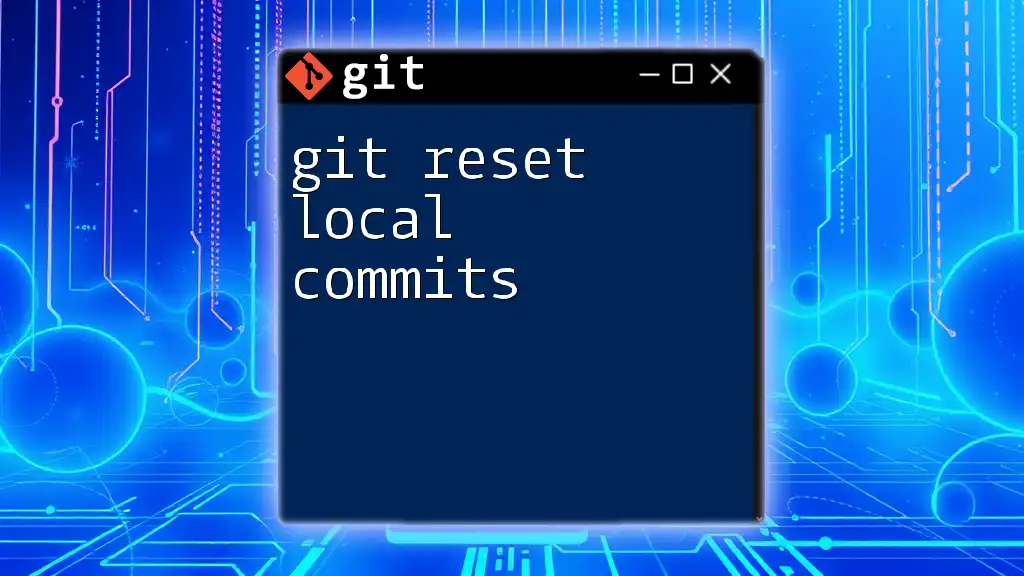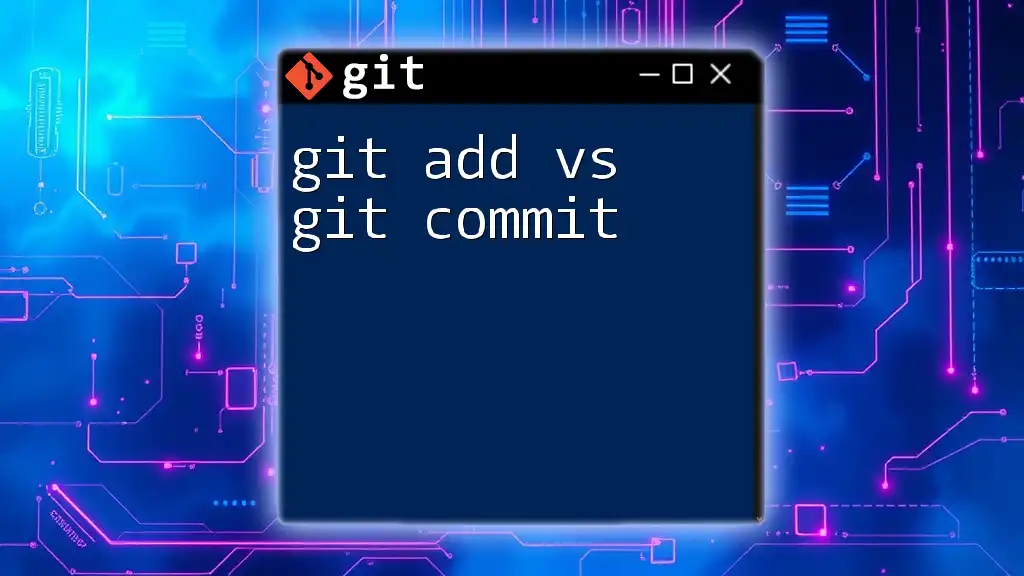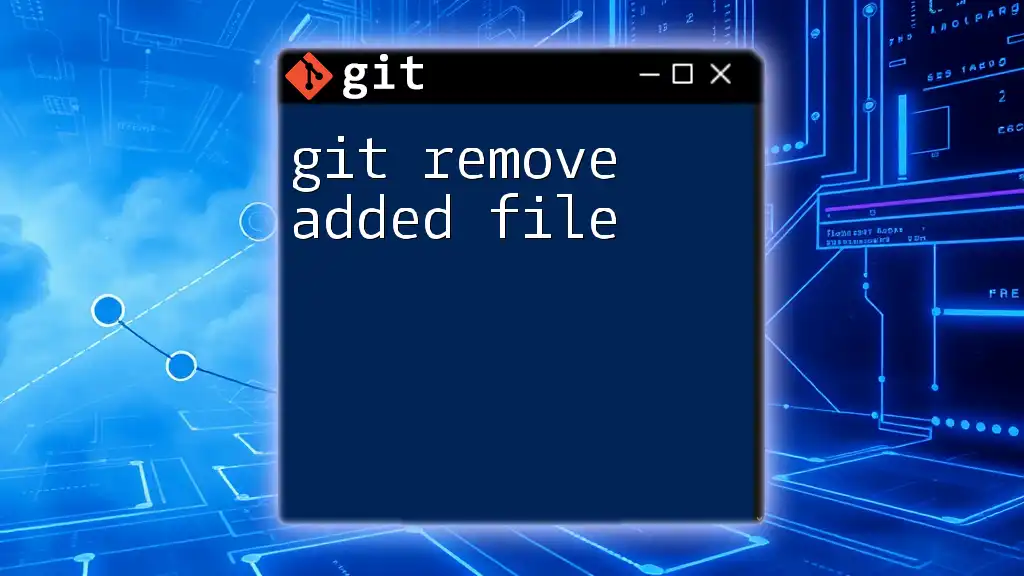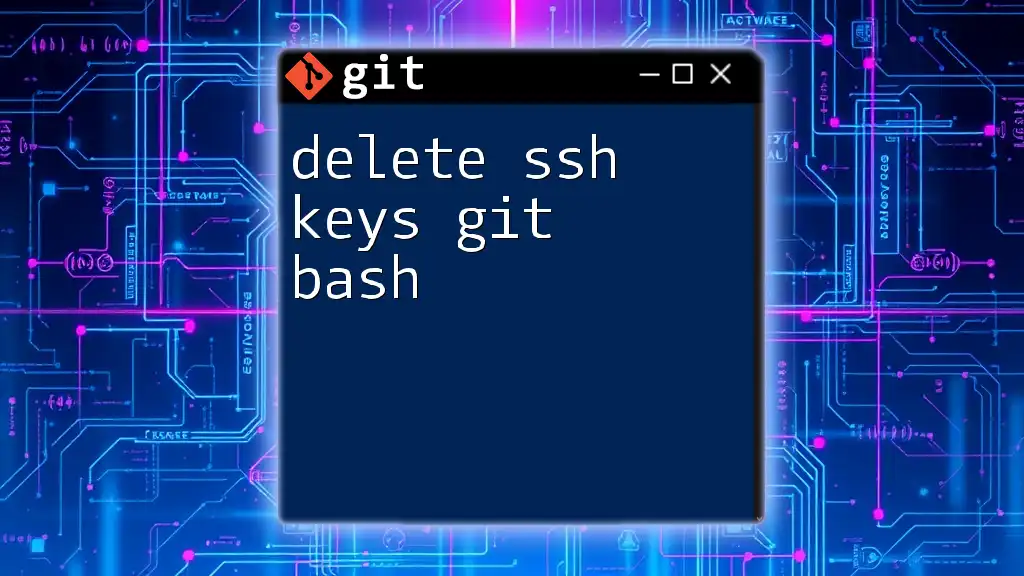To set the email address for Git commits on a local repository, use the following command in your terminal:
git config --local user.email "youremail@example.com"
Understanding Git Configuration
What is Git Configuration?
Git configuration refers to the settings that dictate how Git behaves in response to commands. It primarily consists of three levels: local, global, and system.
- Local Configuration affects only the repository in which the command is executed. This setting is stored in the repository’s `.git/config` file.
- Global Configuration applies to all repositories for a specific user and is stored in the user’s home directory, usually in a file called `.gitconfig`.
- System Configuration encompasses every user on a machine and is stored in the Git installation directory.
These levels allow you to customize Git behavior depending on your working environment or project needs.
Local vs. Global Configuration
Understanding the distinction between local and global configurations is crucial for efficient Git management. Local settings take precedence over global settings; if you set a local email address in a specific repository, that email will override any global email settings for commits made in that repository.
Use Cases for Setting a Local Email Address:
- When collaborating on different projects that require different identities.
- When working with multiple teams, ensuring that contributions appear accurately attributed.

Setting Up Your Local Email Address
Setting the Local Email Address
To set the email address specifically for a local repository, you can use the following command:
git config user.email "your_email@example.com"
This command updates the `user.email` setting in the current repository’s local configuration.
Breaking it down:
- `git config` is the command used to set or read configuration variables.
- `user.email` is the key for the email setting.
- `"your_email@example.com"` is the value you are assigning, which should typically match the email used for commit attribution on platforms like GitHub or GitLab.
Verifying Your Settings
After setting your local email, it's essential to verify that the change has been applied correctly. Use the following command:
git config user.email
This command will output the current local email address being used for commits in that repository.
Why Verification Matters: Verifying changes prevents potential issues in collaborative environments. A misconfigured email can lead to incorrect commit attribution, which can confuse team members reviewing changes.

Use Cases for Local Email Configuration
Collaboration in Shared Repositories
When multiple contributors work on the same project, it's likely that each team member will use their individual email addresses. Setting a local email address ensures that commits are correctly attributed, allowing your contributions to be accurately reflected in the project history.
For instance, if a team member's commits show an incorrect or generic email address, it can lead to confusion about who authored particular changes.
Working on Multiple Projects
Using different email addresses for distinct projects can prevent mix-ups in your commit history. Let’s say you are working on:
- A personal project using your personal email.
- A corporate project using your company email.
By setting a local email for each repository, you can maintain clarity and differentiation in your contributions. This practice is especially important when the same Git user interacts with several repositories, ensuring that each commit is associated with the correct identity.

Troubleshooting Common Issues
Conflicting Email Settings
One common issue is having conflicting settings between local and global configurations. To identify these settings, you can run:
git config --global --list
git config --list
- The first command displays the global settings.
- The second command shows both global and local settings.
When you identify conflicts, remember that the local setting will take precedence. If you need to change or resolve a conflict, the local setting can be adjusted as needed.
Reverting Changes
If you need to reset or assign a new local email address, you can use the following command to remove the existing one:
git config --unset user.email
After unsetting the email, you can set a new one using the first command mentioned, ensuring that you keep your commit history clean and relevant.

Best Practices
Keep Your Email Address Consistent
It’s essential to maintain consistency in your email addresses across different repositories. This consistency fosters clarity in commit history and ensures that your contributions are recognized accurately across various platforms.
Avoiding Misconfigured Commits
To avoid potential confusion arising from misconfigured commits, regularly check your configuration settings, especially when switching between different projects or teams. This diligence helps ensure that every contribution reflects the intended identity, minimizing misunderstandings.

Conclusion
Setting a local email address in Git is a straightforward but powerful step for anyone working with version control. It enhances your commit history's accuracy and is especially useful in collaborative settings. Take the time to configure your Git settings correctly, and you will streamline your development workflow while ensuring your contributions are properly attributed.

Additional Resources
Official Documentation
For more detailed information, you can refer to the official Git documentation, which provides extensive guidance on configurations and other functionalities.
Helpful Tools and Plugins
Consider using Git management tools or plugins that simplify managing your configuration settings, making it easier to switch identities as needed without manually adjusting settings each time.

















